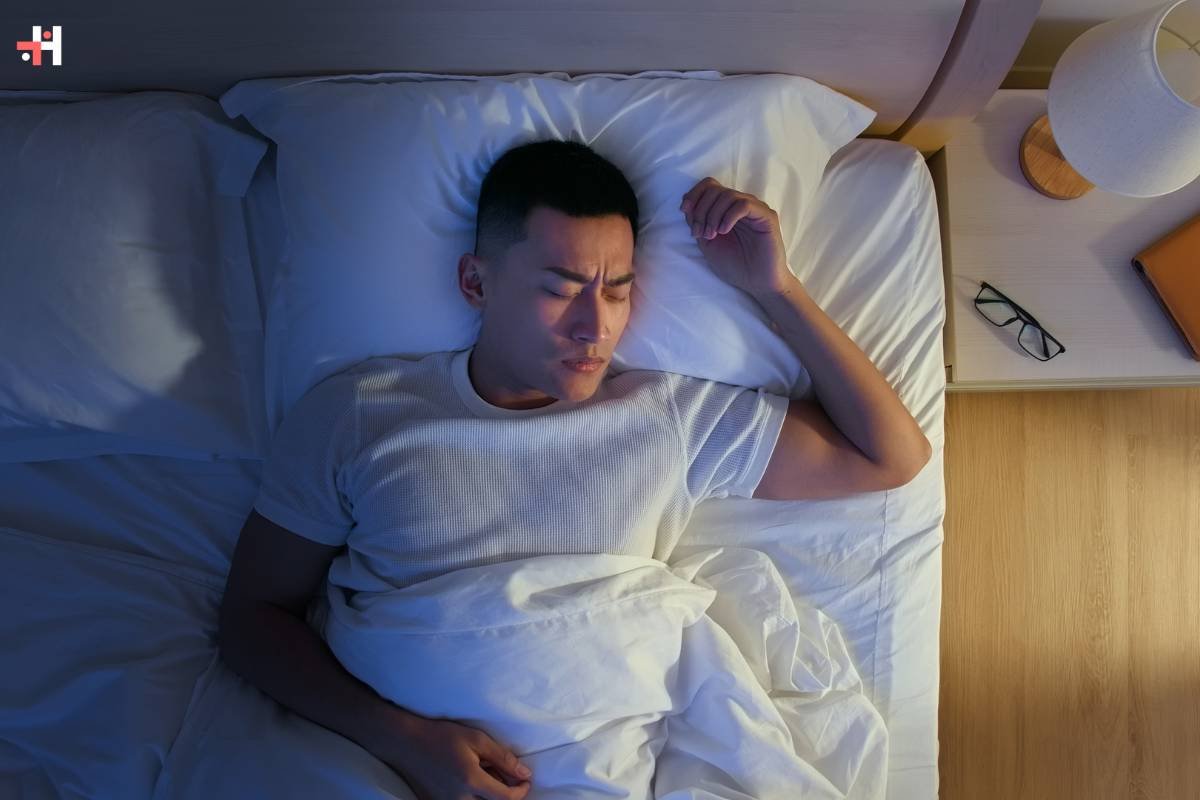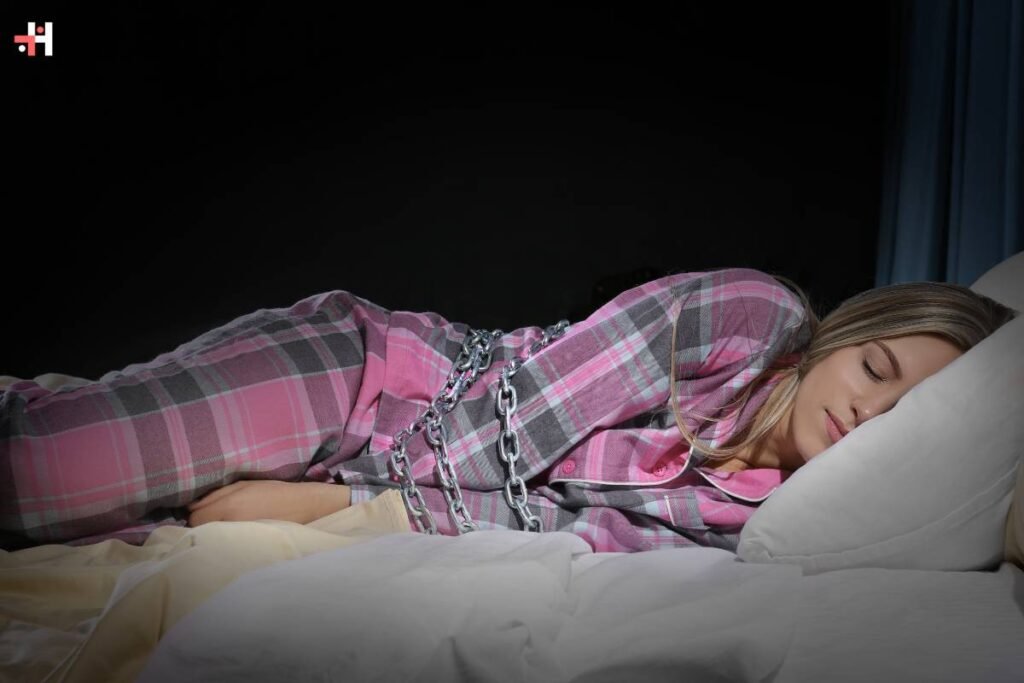Sleep paralysis is a sleep disorder characterized by the inability to move or speak while falling asleep or waking up. It often occurs alongside vivid hallucinations, making it a terrifying experience for those who suffer from it. In this comprehensive guide, we’ll delve into the causes, symptoms, and treatment options for sleep paralysis to shed light on this mysterious phenomenon.
Understanding Sleep Paralysis
It is a phenomenon that occurs during the transition between sleep and wakefulness. It involves a temporary inability to move or speak, accompanied by a feeling of pressure on the chest and vivid hallucinations. While experiencing sleep paralysis, individuals are fully conscious but unable to move their muscles voluntarily.
Causes:
- Disrupted Sleep Patterns: It often occurs in individuals with irregular sleep schedules or those who suffer from conditions like insomnia or sleep apnea.
- Genetics: Some research suggests that there may be a genetic component to sleep paralysis, with a higher likelihood of experiencing it if a close relative also has a history of the disorder.
- Stress and Anxiety: High levels of stress or anxiety can trigger episodes of paralysis, as these emotions can disrupt normal sleep patterns and contribute to sleep disturbances.
- Sleep Position: Sleeping on one’s back increases the risk of experiencing sleep-paralysis, as this position may lead to airway obstruction and interrupted breathing during sleep.
- Narcolepsy: It is commonly associated with narcolepsy, a neurological disorder characterized by excessive daytime sleepiness and sudden loss of muscle tone (cataplexy).
- Substance Use: Certain substances, such as alcohol or drugs, can disrupt sleep patterns and increase the likelihood of experiencing sleep paralysis episodes.

Symptoms:
- Inability to Move: The primary symptom of sleep-paralysis is the inability to move or speak, despite being fully conscious.
- Hallucinations: Many individuals experience vivid hallucinations during episodes of sleep-paralysis, often involving sinister or threatening figures.
- Feeling of Pressure: Some people report feeling a heavy weight or pressure on their chest during paralysis, making it difficult to breathe.
- Fear and Anxiety: It is often accompanied by intense feelings of fear and anxiety, especially due to the hallucinations and the sensation of being unable to move.
- Shortness of Breath: Individuals may feel like they are choking or struggling to breathe during episodes of paralysis, adding to the sense of panic.
- Sensory Hallucinations: Some individuals may experience sensory hallucinations during sleep paralysis, such as hearing strange noises or feeling like they are being touched or pulled.
- Sleep Disturbances: It can disrupt normal sleep patterns and lead to feelings of fatigue and daytime sleepiness.

Treatments Available:
- Improve Sleep Hygiene: Establishing a consistent sleep schedule, avoiding caffeine and electronic devices before bedtime, and creating a comfortable sleep environment can help improve sleep quality and reduce the frequency of sleep paralysis episodes.
- Manage Stress and Anxiety: Practicing relaxation techniques such as deep breathing, meditation, or yoga can help reduce stress and anxiety levels, making it easier to fall asleep and decreasing the likelihood of experiencing paralysis.
- Treat Underlying Sleep Disorders: If sleep-paralysis is occurring as a result of an underlying sleep disorder such as sleep apnea or narcolepsy, seeking treatment for these conditions can help alleviate symptoms and reduce the frequency of episodes.
- Adjust Sleep Position: Sleeping on one’s side instead of the back can help reduce the risk of airway obstruction and decrease the likelihood of experiencing sleep paralysis.
- Medication: In some cases, doctors may prescribe medication to help regulate sleep patterns or manage symptoms of underlying sleep disorders, which may help reduce the frequency of sleep-paralysis episodes.
- Cognitive-Behavioral Therapy (CBT): CBT techniques, such as cognitive restructuring and exposure therapy, can help individuals address underlying psychological factors contributing to sleep-paralysis and develop coping strategies to manage symptoms.
- Sleep Paralysis Education: Learning more about sleep-paralysis and understanding that it is a relatively common and harmless phenomenon can help alleviate fear and anxiety associated with episodes.
- Lifestyle Changes: Making healthy lifestyle choices, such as maintaining a balanced diet, exercising regularly, and avoiding substance use, can help improve overall sleep quality and reduce the likelihood of experiencing sleep-paralysis.

Conclusion:
It is a frightening phenomenon that can significantly impact an individual’s quality of life. By understanding the causes, symptoms, and treatment options for sleep paralysis, individuals can take proactive steps to manage the condition and reduce the frequency of episodes. If you or someone you know is experiencing paralysis regularly, it’s essential to consult a healthcare professional for proper evaluation and guidance.
Remember, while it can be terrifying, it is generally harmless and often resolves on its own with proper sleep hygiene and stress management techniques. With the right approach, individuals can minimize the impact of sleep paralysis on their daily lives and enjoy restful, uninterrupted sleep.










